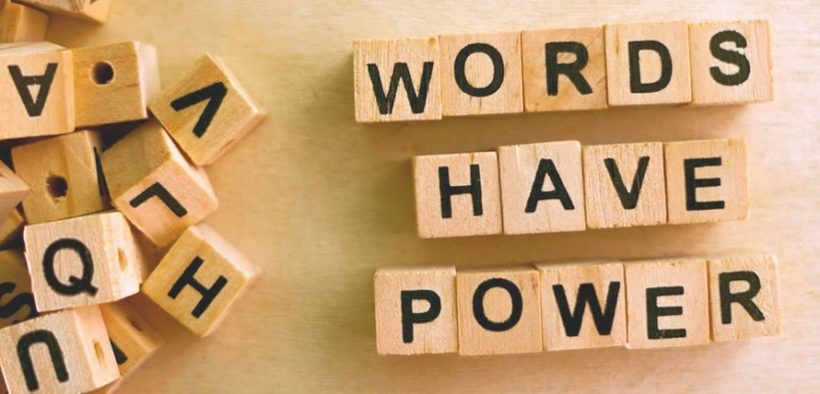Modern Poetry? .. I like it, it’s so MODERN!

Modern Poetry
Modern poetry is the most appealing and relevant type of poetry for 21st-century readers, particularly myself. Although contexts are different for modern and contemporary times, there are a few similarities that explains why modern poetry is still so relatable and enjoyable to contemporary readers.
READ SOME REAL POETRY HERE!
Why is it so GOOOD?
First of all, the slightly similar backgrounds and social conditions would make modern poetry enjoyable. Modernism was initiated after the notorious world wars that persecuted millions of people and left world-wide destruction and suffering. The poetry of this age highlighted isolation, broken society, death (and rebirth), indecision, fear of connectivity, and nihilism. Our contemporary situation is slightly less dark.
Due to the coronavirus killing over a million people, individuals have started limiting social contact—allowing the word ‘social distancing’ to be coined. People who have lost treasured partners are experiencing misery and hopelessness. These themes are also present in T. S. Eliot’s “The Wasteland”.
“I was neither/ Living nor dead, and I knew nothing” (Eliot).
Here, we notice the similarity between modern and contemporary times. Before, people were suffering and confused because of the mass devastation caused by the wars. In contemporary times, we are suffering due to coronavirus. Everybody is in a transient state of half-alive and half-dead since they are not able to live properly nor die peacefully.
Another reason why modern poetry is appealing is because of its style. There was a deliberate un-attachment of the previous, established traditions and poetry was short (although longs poems were still produced) and written in a more easy-to-read manner. The diction was simple enough and not highly decorated like the Romantics or Victorians.
This characteristic makes it attractive as people often give up on reading poetry if they are not able to understand the words. Also, long poetry is often dubbed ‘burdensome’ as people’s lifestyle requires quickness.
“Let us go then, you and I, /When the evening is spread out against the sky” (Eliot).
This is taken from Eliot’s poem “The Love Song of J. Alfred Prufrock”. Readers will instantaneously detect the easy diction and plainness of the lines. Similarly, T.E. Hulme’s poem “The Embankment” is only seven lines with easily comprehensible diction. It depicts the monologue of a ‘fallen gentleman’ and how he prefers the warmth of his blanket to the beautiful scenery of the midnight starry sky.
Oh, God, make small/ The old star-eaten blanket of the sky, / That I may fold it round me and in comfort lie/ (Hulme).
Thirdly, modern poetry employed unconventional metaphors and imagery to excite the reader. Although these were present in Victorian and Romantic poetry as well, the metaphors used in Modern poetry were unique and sensational. The images melted the ice in our hearts. For example, when reading about Prufrock’s indecision, not only do we sympathize with him but we can’t help but relate it to our lives. There’s a sense of inner conflict and questioning of self-worth when he talks about the mermaids.
“I have heard the mermaids singing, each to each//I do not think that they will sing to me” (Eliot).
He admires the harmonious voices of the singing sea-creatures but he does not know how to approach them or even if they will give him attention. In a way, this humbles us into thinking that there’s always room for self-improvement and how it is impossible for everyone to like us.
Finally, doubt is a concept that is prevalent in many modern poems and as contemporary readers, it would be impossible to say that we are certain of everything.
Unlike the Victorian poets, T.S. Eliot and Robert Frost wrote about choices, uncertainty, and doubt. There was no designated path like the Victorian moral code, rather people were allowed to experiment with themselves. In a sense, modernism emphasized freedom from constraints.
“Two roads diverged in a yellow wood, /And sorry I could not travel both” (Frost).
In “The Road Not Taken”, Frost emphasizes the importance of uncertainty. There are many paths and choices one can take and make. It is almost impossible to take both roads—so doubt is always present. But, this can be taken positively as well. As long as uncertainty is present, we keep going, pursuing, and pushing ourselves. Unlike the past literature where one knew that a certain consequence resulted from a particular action, here it is much different. It is due to this aspect that makes the readers grow and think critically. Thus, modern poetry promoted individualism which is something millennials still strive for—whether it is in clothing, hairstyle, appearance, or personality.
ALSO READ: SEEN BUT IGNORED?
Conclusion
In conclusion, modern poetry has many enjoyable features to its name. First of all, they are short and have easy diction. Modern poetry reiterates themes that are still present today such as indecision, doubt, individualism, nihilism, and isolation. Thus, contemporary readers can relate and empathize with the poems. There are no strict meters or rhyming schemes, allowing the poem to be easily read and absorbed by the reader. Unconventional metaphors and poetry challenge the critical thinking of the readers and stimulate sensations in them. So, modern poetry is still attractive to 21st-century readers.
Currently, I am a student of Fatima Jinnah Women University. With a burning passion for psychology, words, and dreams, I decided to abandon medical studies for humanities. These days, when I’m not listening to ballads, watching movies, or sitting down with a good novel, I am rigorously studying Hangul (Korean language) to satisfy my obsession for BTS and K dramas. I’m a thinking introvert and INFJ personality. Therefore, I like ‘me time’. My articles typically resonate with psychological well-being advice.








